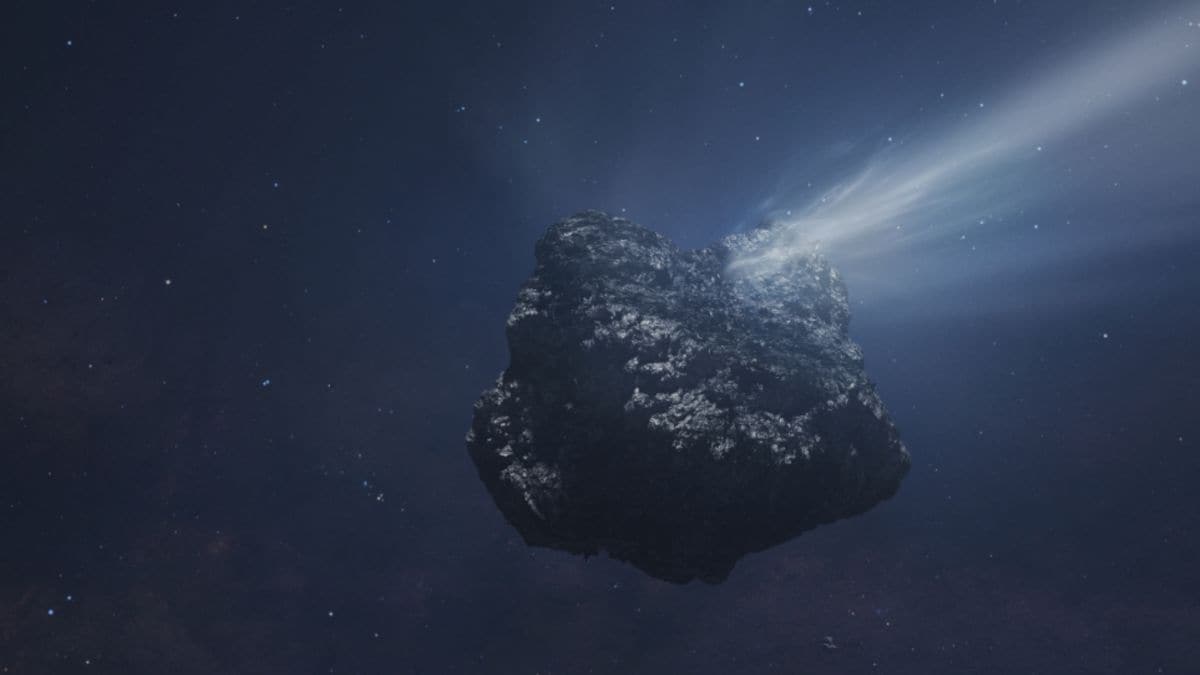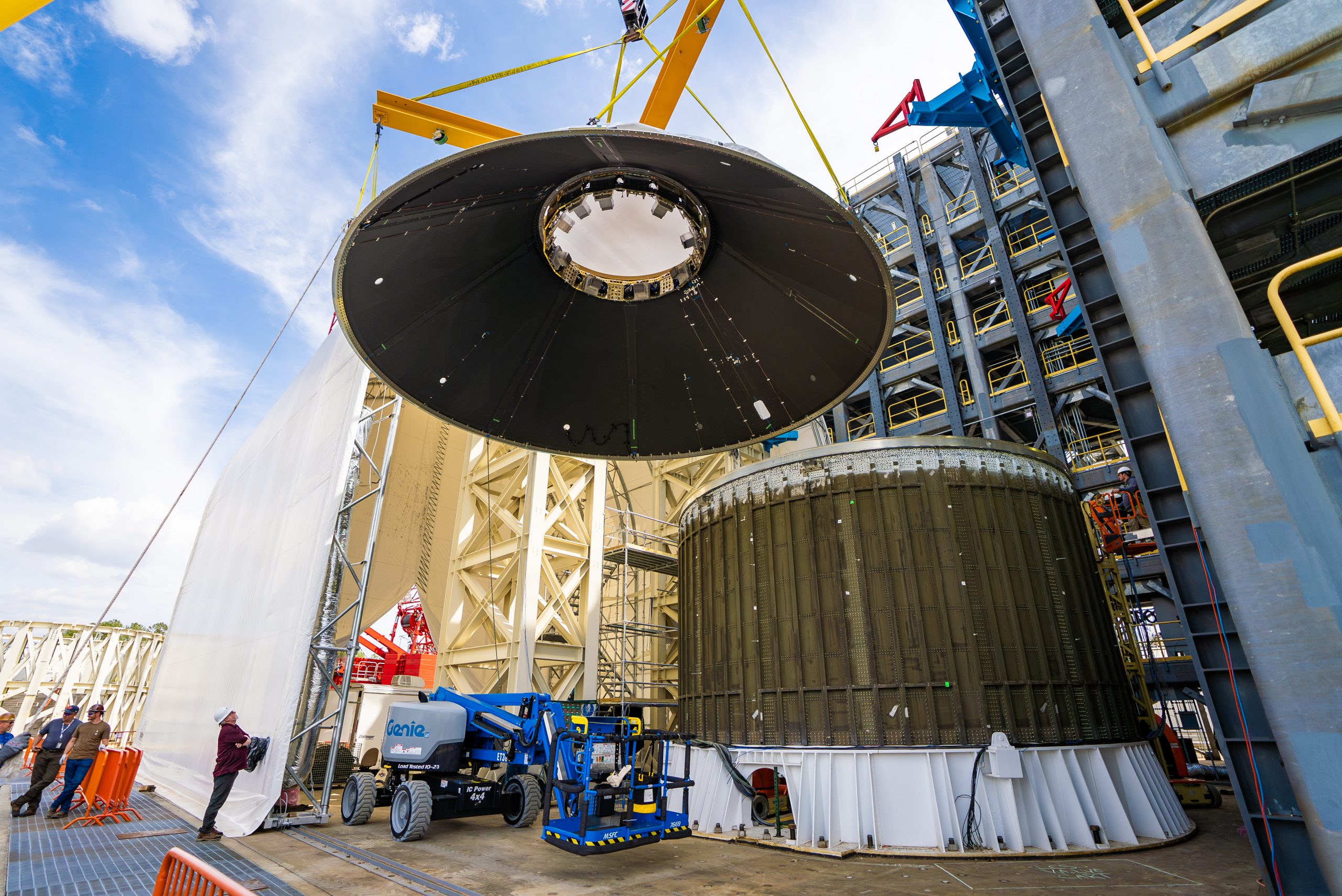In early July 2025, astronomers announced comet 3I/ATLAS, first observed on July 1 by a Chilean telescope in NASA’s ATLAS network, is an interstellar visitor with a hyperbolic orbit. The European Southern Observatory’s Very Large Telescope (VLT) imaged the comet on July 3 with its FORS2 camera, capturing the clearest views yet. These observations confirm 3I/ATLAS as the third interstellar object detected in our solar system (after 1I/’Oumuamua in 2017 and 2I/Borisov in 2019). The comet is now headed inward toward the Sun and will make its closest Earth approach in late October 2025.
High-Definition Telescope Imaging
According to NASA, upon discovery on July 1, 2025, by the NASA-funded ATLAS telescope, 3I/ATLAS was quickly identified as interstellar due to its highly eccentric, hyperbolic orbit. At the time of the VLT observations on July 3, the comet was about 670 million kilometers from the Sun, moving inward toward Earth. In the resulting VLT frames the comet appears as a small, fuzzy white patch with a faint tail; an ESO caption describes the image as showing a “white smudge” against the black sky.
ESO notes that the stacked image was created by digitally removing background stars, isolating a ‘deep image’ of the comet. This confirms 3I/ATLAS is active (with a visible coma of gas and dust), so astronomers classify it as a comet rather than a bare asteroid. The timelapse video from FORS2 makes the motion of 3I/ATLAS clear: over 13 minutes the comet drifts relative to the starry background.
Significance and Future Observations
Orbit models show 3I/ATLAS will pass closest to Earth in late October 2025. At that time, it will lie near the Sun and be unobservable to ground-based telescopes. It is expected to reappear in early December 2025. Astronomers hope that studying 3I/ATLAS will reveal clues to its composition, structure and origin. ESO’s VLT and other telescopes will continue observing the comet as long as it remains accessible. These observations will help scientists compare 3I/ATLAS to ‘Oumuamua and Borisov, improving understanding of these objects’ origins and make-up.
For the latest tech news and reviews, follow Gadgets 360 on X, Facebook, WhatsApp, Threads and Google News. For the latest videos on gadgets and tech, subscribe to our YouTube channel. If you want to know everything about top influencers, follow our in-house Who’sThat360 on Instagram and YouTube.
Amazon Prime Day 2025 Sale: Best Early Deals Currently Live on Amazon Echo, Kindle, Fire TV Stick and More
Perplexity Launches Comet AI Web Browser, Comes With an In-Built Sidebar Assistant





